You should absolutely detach your lawn. When the layer of thatch under your grass-- built up by time, weather, and organic debris-- becomes too thick, it's time to dethatch your lawn. If thatch is left in too thick a layer, it will hinder grass growth and result in a sad, ugly lawn.
Thatch is the layer of undigested roots, leaves, and organic plant matter that settles between your grass and the surface of the soil. It's dead, so it presents as a brown "blanket" under your growing grass. It's a natural layer in your lawn's ecosystem. In nature, it provides insulation and durability to the soil. In your yard however, it results in shallow root systems, deprives your grass of nutrients, and blocks fertilizers from reaching the root zone.
The last thing you want is to spend time and money on fertilizer and watering, only to realize that the targeted grass is held back by a strangling thatch layer. Giving the grass in your lawn the air, sunlight, and water exposure it needs is crucial to thick growth, and dethatching is the only way to provide that breathing room.
Depending on the region you live in, seasonal weather you've had, and surrounding ground or tree cover you're working with, you may have more or less thatch built up in your yard. You can dethatch anywhere it's needed, but the Midwest is notorious for thick thatch, along with the typically larger yards and deciduous mixed with coniferous tree cover. Needles and leaves mix to create an impenetrable blanket at the base of your grass blades, requiring frequent scarifying, raking, and dethatching for optimal health.
Owning a rugged, ultra heavy duty tool for this purpose is crucial if you want the job done ready. Settling for cheap imitations will only result in frustration down the road. Take a look at our dethatcher offerings for your 3 Point Tractor or Zero Turn Mower and get ready for the best dethatching you've ever experienced.

